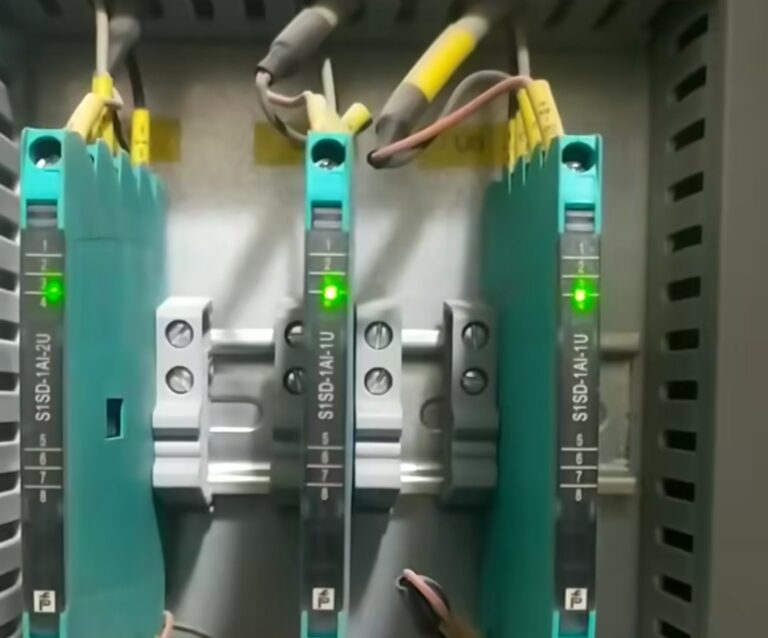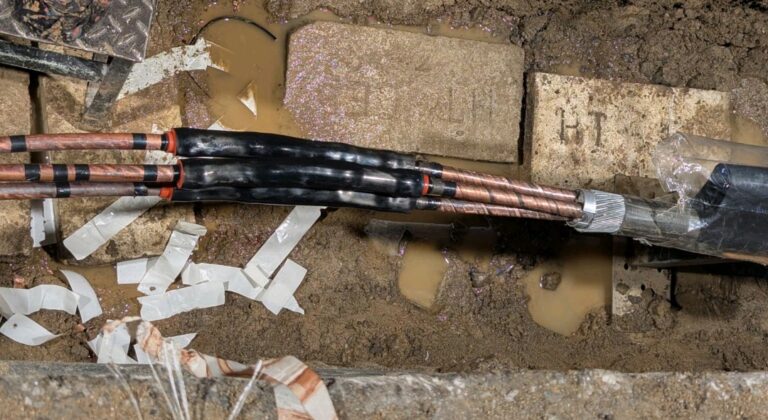Transformer pressure relief valve
1) Purpose and working characteristics:-
The pressure relief valve is a safety device used to protect oil-immersed electrical equipment, which can prevent the oil tank from deforming or bursting. When an accident occurs inside the oil-immersed electrical equipment, the oil in the oil tank is gasified, generating a large amount of gas, causing the internal pressure of the oil tank to rise sharply. If this pressure is not released in time, it will cause the oil tank to deform or even burst. Installing a pressure relief valve means that when the oil tank pressure rises to the opening pressure of the relief valve, the relief valve opens quickly within 2ms, so that the pressure in the oil tank is reduced very quickly.
When the pressure drops to the closing pressure value of the valve, the valve closes reliably, so that the oil tank always maintains positive pressure, effectively preventing external air, water vapor and other impurities from entering the oil tank. Compared with the safety airway, it has the advantages of precise and reliable action, no parts damage after action, and no need for replacement.
2) After the operating pressure relief valve is actuated, the mechanical and electrical signal of the relief valve should be manually reset.
3) If there is oil leakage in the pressure relief valve, measures should be taken in time to solve it.
4) Maintenance and repair
(i) Whether the opening action is sensitive. If there is any jamming, it should be eliminated.
(ii) Remove foreign matter in the valve.
(iii) Whether the sealing rubber ring is aged, deformed or damaged.
(iv) Whether the parts are rusted, deformed or damaged.
(v) Whether the signal switch is flexible.
(vi) The rubber ring of the pressure relief valve must be replaced every three years from the date of leaving the factory to avoid oil leakage or even failure of the release valve due to aging of the rubber ring.
5. When the transformer is in operation, the secondary side of the bushing current transformer shall not be open; the core grounding bushing must be reliably grounded.
6. For transformers with connection group Y/Y0-12, the neutral line current shall not exceed 25% of the rated current of the low-voltage coil.
7. Provisions for parallel operation of transformers
* The parallel operation of transformers shall meet the following conditions:
(i) The coil connection group is the same;
(ii) The voltage ratio is the same;
(ii) The impedance voltage is equal.
Before a new transformer is connected to the system, the phase should be checked for consistency. New transformers or transformers that may cause phase changes must undergo a phase test before they can be put into operation or connected in parallel.

